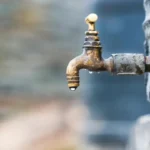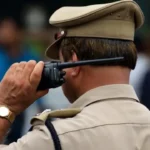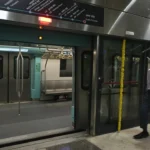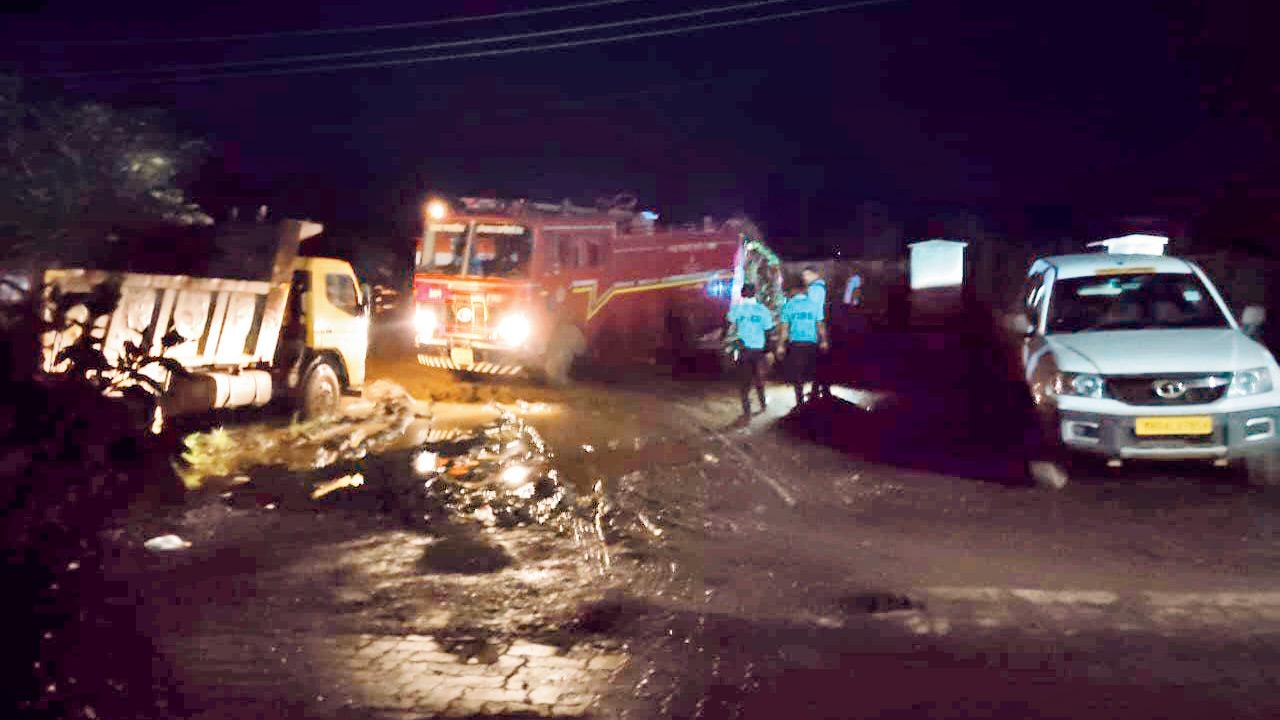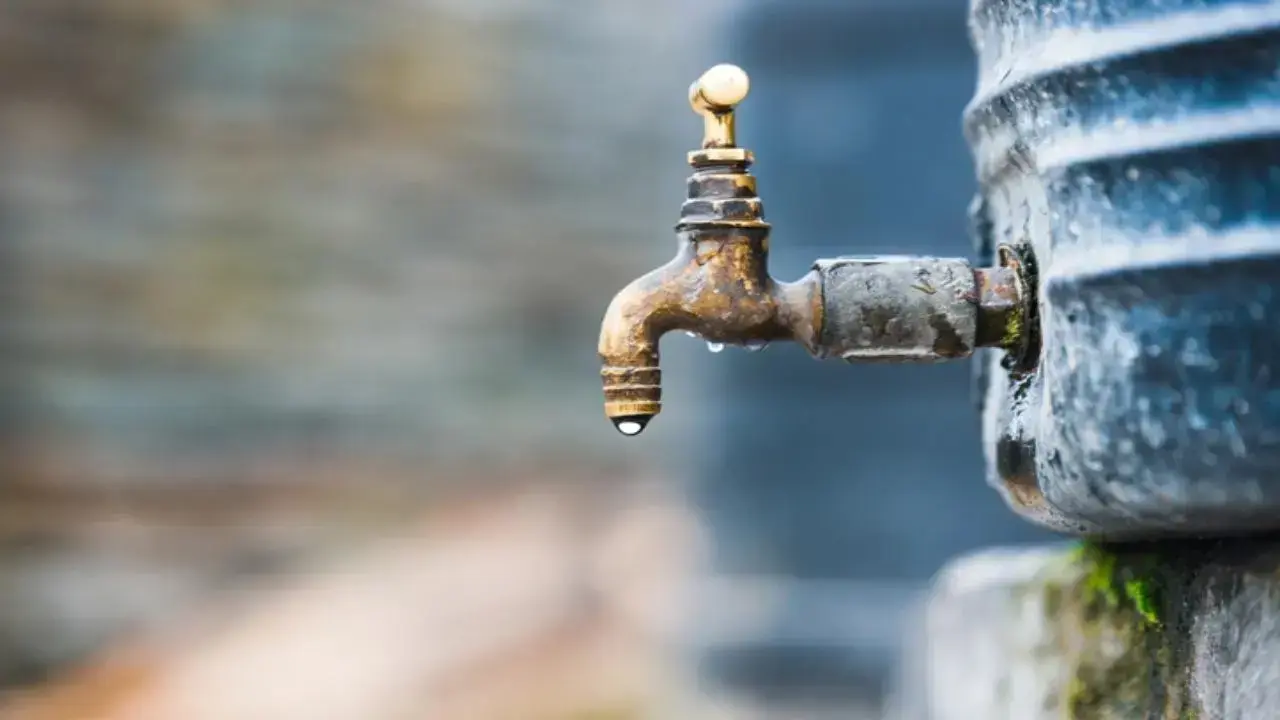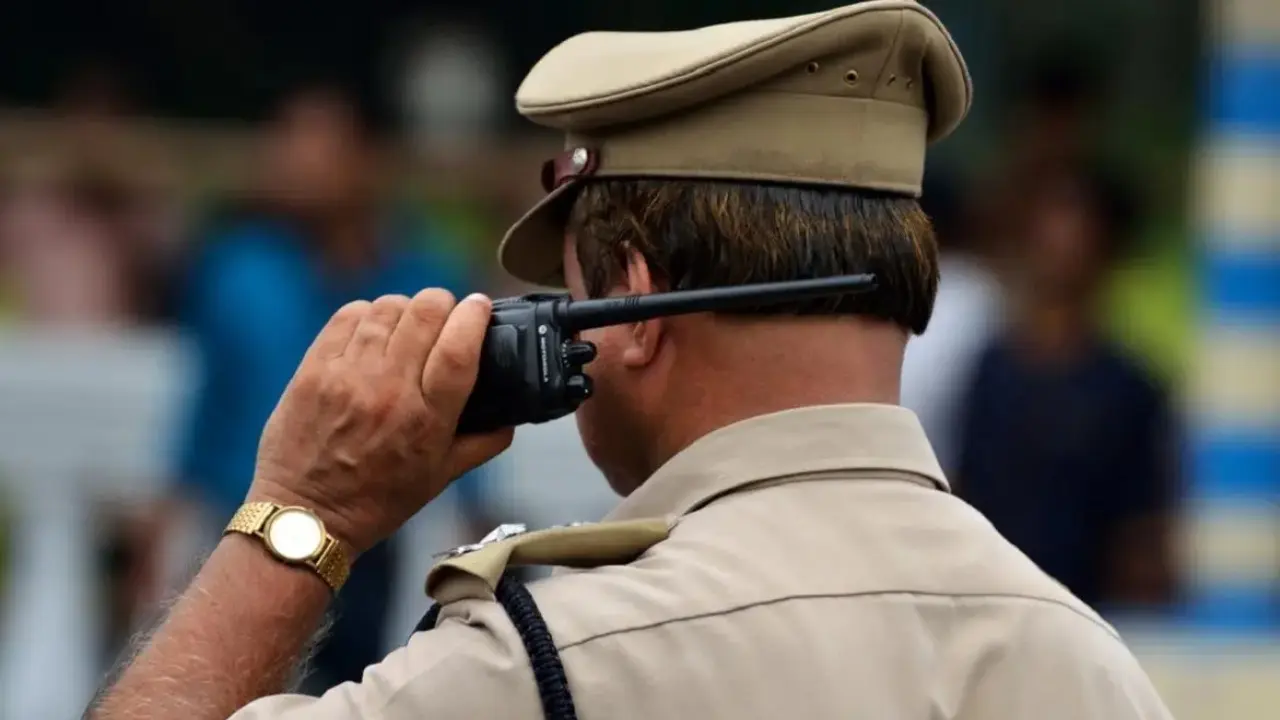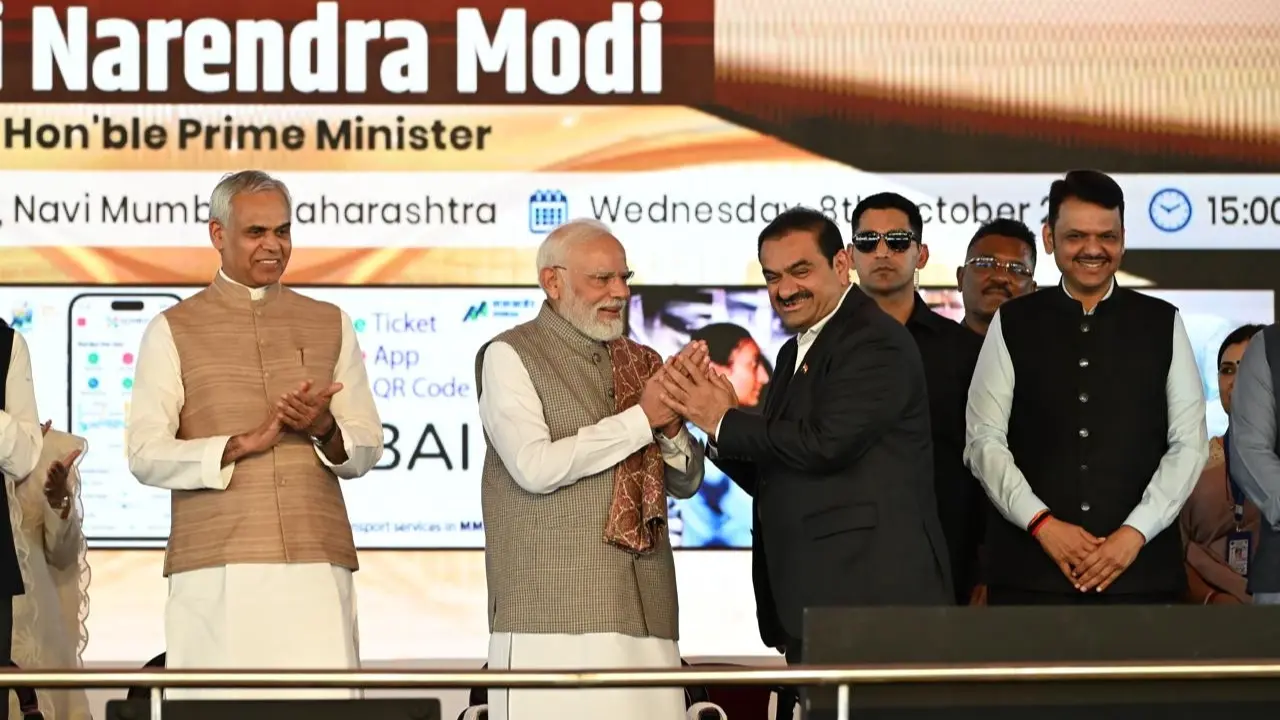A fire near Kelve Road railway station on the Western Railway’s Dahanu-Virar stretch has reignited concerns over the region’s poor emergency response network, after fire engines failed to reach the spot in time. The incident occurred when smoke was spotted from the engine of train no 59023 Valsad Fast Passenger. Within minutes, flames erupted, forcing the train to halt for passenger safety. While the blaze was eventually contained, the real crisis lay in the response.
Although the fire brigade was alerted promptly, tenders could not reach the site due to narrow, muddy, pothole-ridden roads and lack of access to the tracks. Firefighters were forced to park their vehicles far away and drag long water pipelines to the scene, causing a critical delay. Experts warn such lapses could turn a manageable blaze into a catastrophe.
A train engine that caught fire near Kelve Road station
Commuters say the Kelve Road incident must serve as a wake-up call. They have urged the railway ministry, state government, and local bodies to integrate disaster preparedness into all future rail projects. “This is not the first time. Emergency teams have faced the same hurdles before along the Dahanu-Virar corridor, which carries lakhs of commuters daily. Trains have increased, but emergency infrastructure hasn’t kept pace. The ongoing Dahanu-Virar Quadrupling Project must address this gap, not just add tracks,” said advocate Prathamesh Prabhutendolkar, a member of the Dahanu Vaitarna Pravasi Sevabhavi Sanstha.
“For locals, the railway is not just transport — it is their lifeline. Jobs, education and daily life depend on it. Every minute lost in an emergency costs lives and erodes trust,” he added. A Western Railway official said the fire in the engine was doused swiftly by on-duty staff at Kelve, who showed “exceptional courage.” Deputy Station Superintendent Aditya Kumar, along with pointsmen Som Prakash and Radheshyam, rushed to the spot and, with the train drivers and manager, used eight fire extinguishers to bring the flames under control, aided by local residents.
What can be done
Build parallel service roads for ambulances and fire tenders
Create dedicated emergency access points at stations
Arrange for alternative transport for stranded passengers
Conduct regular mock drills with disaster management agencies



